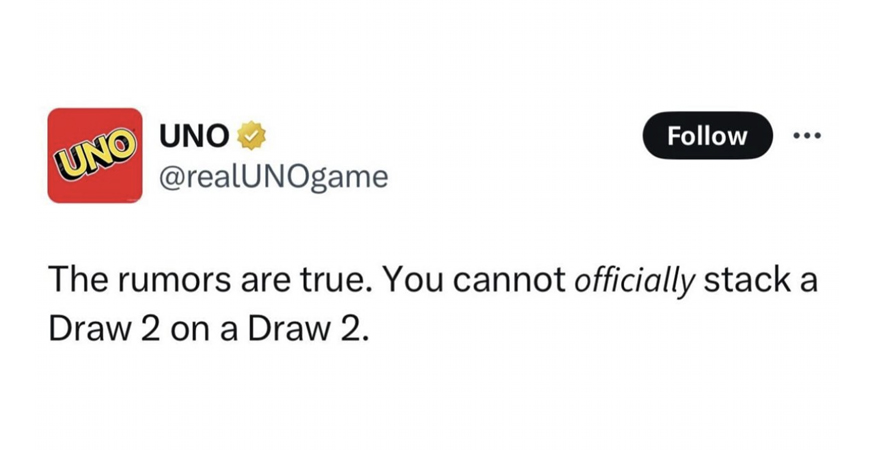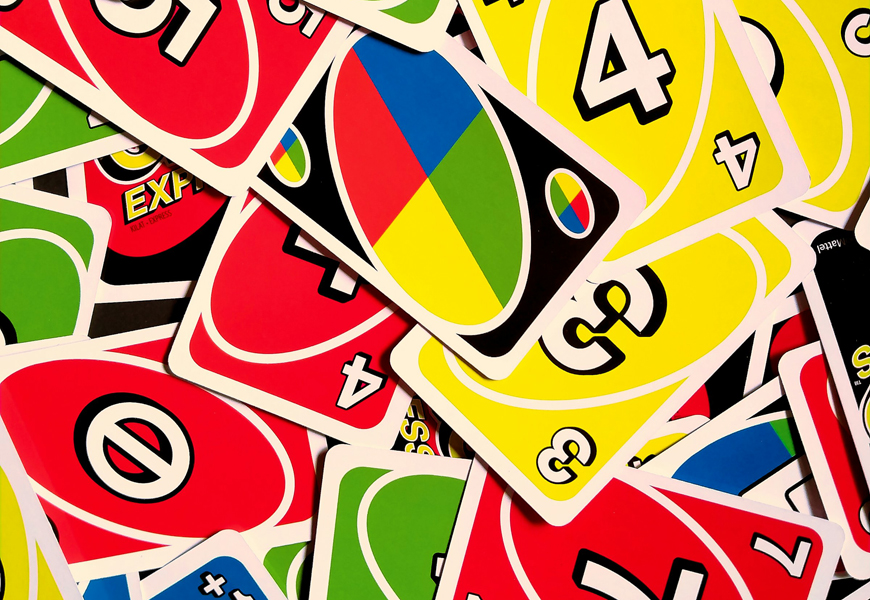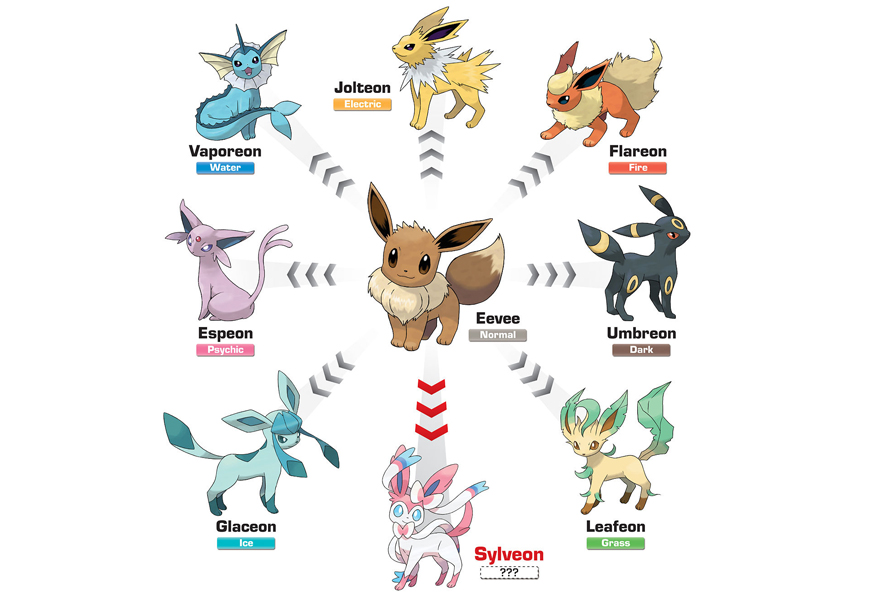It’s official: Stacking Draw 2 or Draw 4 cards together on the same turn is a big NO.
UNO is one card game that needs little introduction. Invented in 1971, this little card game has grown into one of the most popular card games ever and has been responsible for countless arguments amongst players. Played with a specially printed deck of cards, the game is derived from the crazy eights family of card games which, in turn, is based on the traditional German game of may-may.
One of the most widely contested game moves revolves around stacking a UNO Draw 2 card or a UNO Draw 4 card. UNO has clarified one of the most popular game moves, and let’s just say you’re in for a surprise.
You are not allowed to stack an UNO Draw 2 card on top of another Draw 2 card and you can not stack an UNO Draw 4 card on top of another Draw 4 card.

We know what you’re thinking: Can’t I stack a Draw 2 card on top of a Draw 4 card, or vice-versa? The answer, unfortunately (and officially), is no.
Here’s the correct way to play the game: If someone places down a UNO Draw 4 card, you must draw four and your turn gets skipped. However, once the player is skipped, the next person can stack a Draw 4 or Draw 2 UNO card on it.
Of course, this news is shocking—after all, we have all been playing the game for decades and skirting the rules or simply making up our own rules. But in the interests of fairness, UNO has clarified the hotly contested rule with an official statement. So, say goodbye to getting the upper hand with the same old tricks.
Keep in mind that these official rules specifically apply to the physical UNO card game. If you’re playing the mobile version, there are separate custom rules that you must adhere to.












